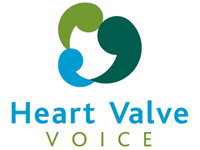Heart Valve Disease
QUICK LINKS
Exercise is crucial for your fitness
Improving mental wellbeing, weight control and cardiovascular health are just some of the benefits of doing 30 minutes daily.
After your operation, it is best to take this gently… for a while! Once you’re feeling up to more exciting activities, why not have a go at some of these?
Always consult your cardiologist or GP for advice before taking up an activity like the ones below! While it’s important to get moving and reap the benefits of your new heart valve, it is also crucial that you don’t overexert yourself too soon.
Tips for family, friends and carers
You might like to arrange for a friend or family member who lives a distance away to come and see them 6 or 7 weeks after surgery. This will be an incentive, and something to work towards during their recovery.
Heart Valve Disease
QUICK LINKS



